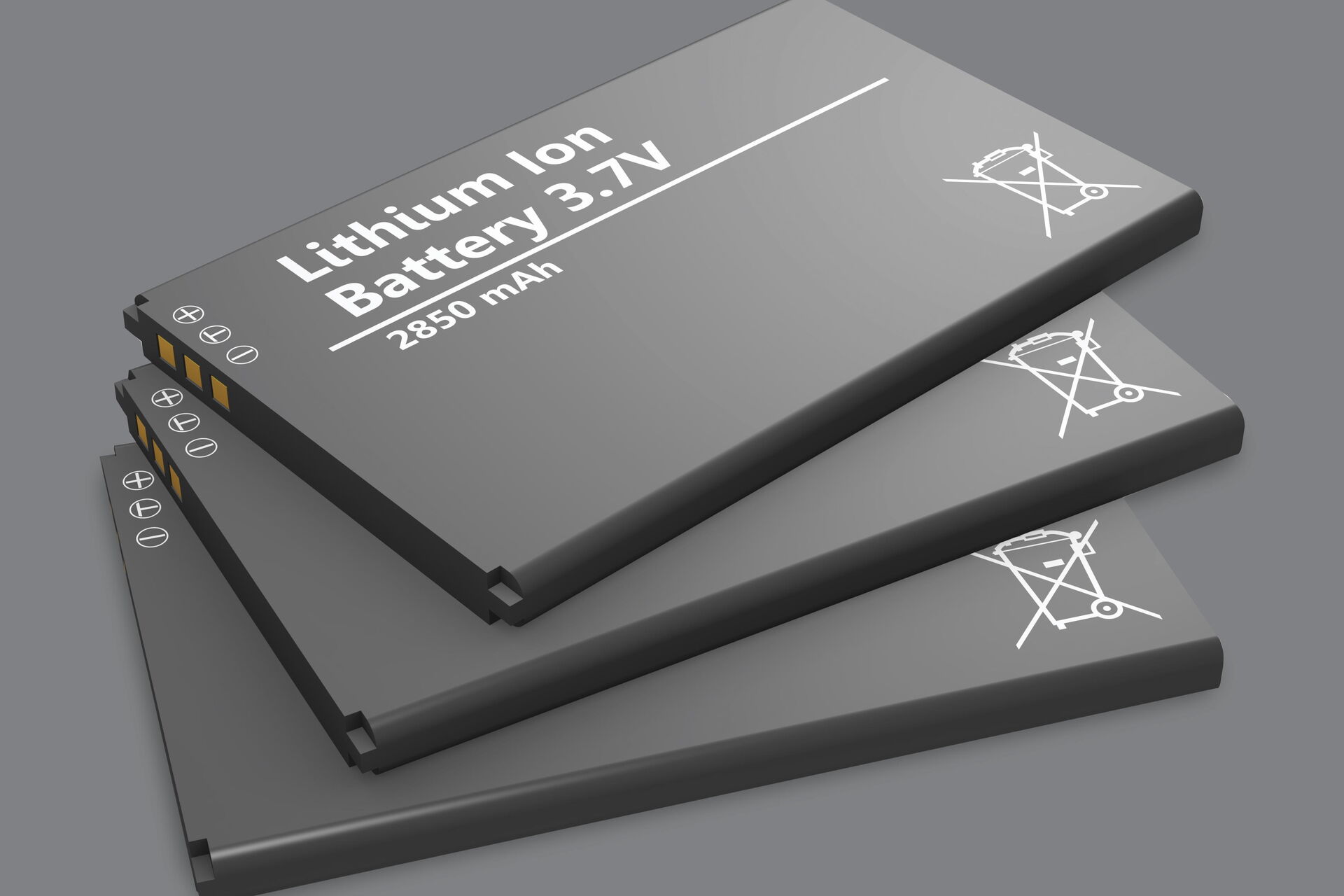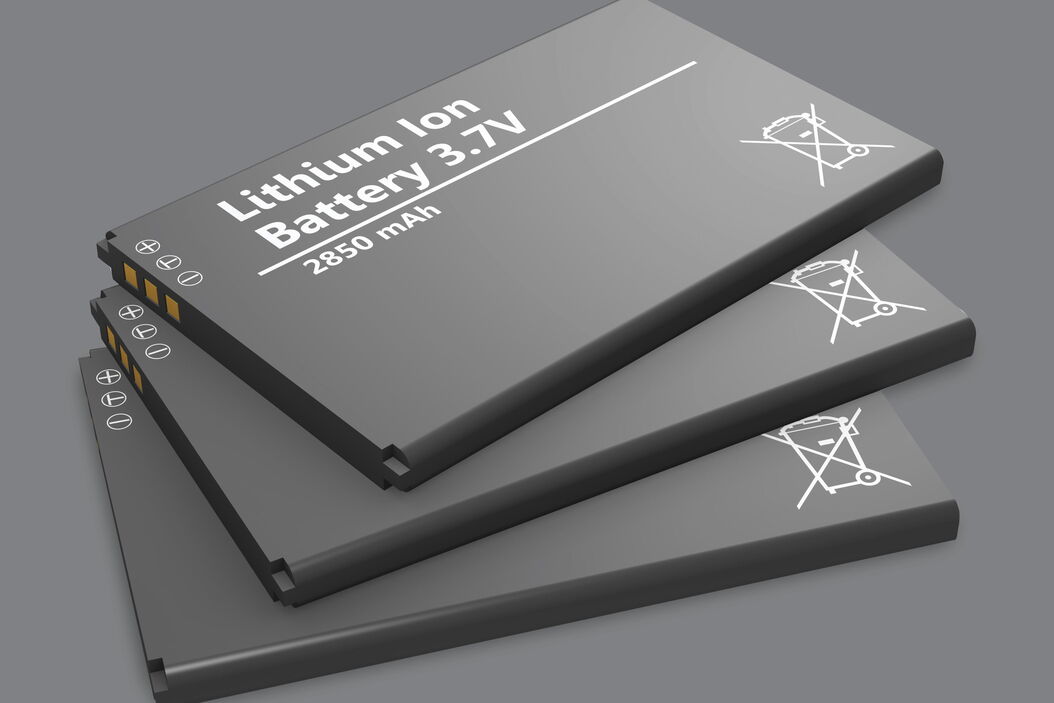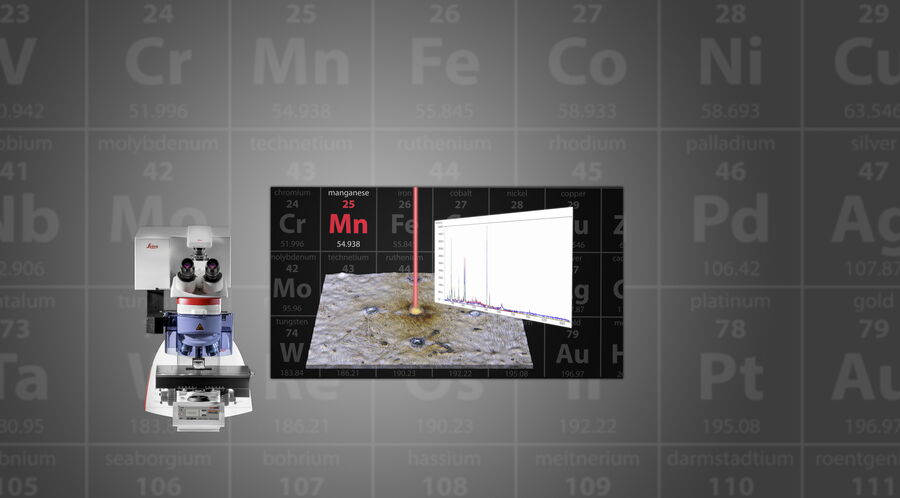Introduction
The global lithium-ion (Li-Ion) battery market was valued at US$ 32.9 billion in 2019 and is expected to grow at a compound annual growth rate (CAGR) of 13.0% from 2020 to 2027 [1]. Fast-rising demand for electric vehicles is one of the market’s main drivers, but there are other hotspots of growth, including the rise in renewable energy installations, such as photovoltaic panels, and greater acceptance of Li-Ion batteries for use in various devices across the medical sector, as well as more traditional uses in portable consumer electronics.
Significant improvements in the performance of Li-Ion batteries have helped to drive their growing use across the spectrum of industry sectors, but issues remain that have prevented further growth of the market. There are still concerns about risk of overheating, in particular when Li-Ion batteries are charged too quickly – a major issue in electric vehicles where rapid charging is crucial. Their short lifetime is also an issue, with many Li-Ion batteries lasting less than 1,000 charge/discharge cycles [2,3].
In many cases these issues can be rectified at the quality control stage of the manufacturing process. Overheating during use can often be traced back to the presence of metal particles in the electrodes, fuel-cell separators, and other parts of Li-Ion batteries. These particles lead to internal short circuits, which can cause overheating, a decrease in the battery capacity and lifetime or, in extreme cases, result in a fire [4-6].
With demand for their products rocketing, the challenge for battery manufacturers is to ensure their QA/QC procedures are robust enough to capture these impurities, but are not so arduous as to slow down the manufacturing process or lead to significant additional expenditure.
Technical challenges
One of the fundamental issues facing manufacturers is that established methods of detecting impurities in Li-Ion batteries are complex, time-consuming, and very difficult to integrate into the production line [7].
The process normally used for quality control processes in industrial manufacturing environments is energy dispersive x-ray spectroscopy (EDS) using a scanning electron microscope (SEM). SEM-EDS enables researchers to visually inspect a material, using a microscopy technique that generates images with high resolution and sharp contrast, and identify its local composition with elemental spectroscopic analysis.
SEM-EDS often requires special sample preparation and transfer of the sample into a vacuum for observation and analysis – a time consuming and technically challenging process. In battery manufacture and QC, SEM-EDS also has some practical drawbacks concerning the detection of the most important element in rechargeable battery technology: lithium (Li) [7]. Additionally, as it is a complex imaging method, SEM-EDS is very difficult to incorporate directly into the production line. This fact means samples need to be sent off of the line to be analyzed, taking hours or possibly even days before the results are available, holding up the production process and leading to significant time and budget implications.
Methods which are easier to incorporate into the production line, like x-ray fluorescence (XRF) and glow discharge optical emission spectrometry (GD-OES) have other disadvantages. XRF cannot detect accurately light elements like Li [8,9] and GD-OES often causes significant damage to the sample and can be difficult to use with insulating materials [9-11].
New technologies
There is now a new approach coming to the fore in battery manufacture and other industrial applications: a combination of optical microscopy and laser induced breakdown spectroscopy – or LIBS – to achieve visual and chemical sample information in much reduced time.
The LIBS process, which enables material composition analysis, sees a high-energy laser pulse strike a targeted area of the material surface, the energy of which is absorbed, causing local area ablation and crater formation. A plasma is induced and then immediately broken down, leading to light emission, with the elemental line spectra detected and elements thus identified.
Because this approach does not require use of a SEM, many of the most time-consuming steps are eliminated from the process: no additional sample preparation is required before analysis; samples don’t need to be observed in a vacuum, so dry or wet samples in air can be analyzed; and there is no relocation of the region of interest on the sample or adjustment of the system after sample transfer. Results are available in seconds, meaning analysis can be undertaken quickly as part of the quality control process, without needing to use laboratory support – also significantly reducing cost incurred.
Leica Microsystems itself has invested significant amounts of time and resources in this space in recent years, because we believe in the future of this technology. The DM6 M LIBS system from Leica Microsystems was designed specifically for industrial applications like battery manufacturing to deliver faster results, when speed as well as accuracy are paramount for long-term success.
Into the future
Many industries have not embraced LIBS yet, perhaps because SEM-EDS, XRF, or GD-OES are the accepted status quo solutions. Indeed, in product development, quality control and failure analysis – in every sector but especially in battery manufacturing – obtaining reliable results and achieving the desired product quality must always be the priority.
But industrial manufacturers must not let the desire to stick with the ‘tried and tested’ get in the way of progress or deny them significant gains in productivity and profitability. SEM-EDS and other techniques still add great value in certain applications, but for rapid, accurate quality control on a fast-moving production line, manufacturers should consider optical microscopy and LIBS – when they’ve seen the benefits it can bring, they will not look back.
Originally published in Electrical Engineering on 13 April 2021.
References
- Lithium-ion Battery Market Size, Share & Trends Analysis Report By Product (LCO, LFP, NCA, LMO, LTO, Lithium Nickel Manganese Cobalt), By Application, By Region, And Segment Forecasts, 2020 – 2027 (Grand View Research, July, 2020) Report ID: GVR-1-68038-601-1.
- K.A. Severson, P.M. Attia, N. Jin, N. Perkins, B. Jiang, Z. Yang, M.H. Chen, M. Aykol, P.K. Herring, D. Fraggedakis, M.Z. Bazant, S.J. Harris, W.C. Chueh, R.D. Braatz, Data-driven prediction of battery cycle life before capacity degradation, Nature Energy (2019) vol. 4, pp. 383–391, DOI: 10.1038/s41560-019-0356-8.
- M.‐W. Cheng, Y.‐S. Lee, M. Liu, C.‐C. Sun, State‐of‐charge estimation with aging effect and correction for lithium‐ion battery, IET Electrical Systems in Transportation (2015) vol. 5, iss. 2, pp. 70-76, DOI: 10.1049/iet-est.2013.0007.
- X. Feng, M. Ouyang, X. Liu, L. Lu, Y. Xia, X. He, Thermal runaway mechanism of lithium ion battery for electric vehicles: A review, Energy Storage Materials (2018) vol. 10, pp. 246-267, DOI: 10.1016/j.ensm.2017.05.013.
- D.P. Finegan, M. Scheel, J.B. Robinson, B. Tjaden, I. Hunt, T.J. Mason, J. Millichamp, M. Di Michiel, G.J. Offer, G. Hinds, D.J.L. Brett, P.R. Shearing, In-operando high-speed tomography of lithium-ion batteries during thermal runaway, Nature Communications (2015) vol. 6, art. num. 6924, DOI: 10.1038/ncomms7924.
- E.V. Beletskii, A.A. Fedorova, D.A. Lukyanov, A.Y. Kalnin, V.A. Ershov, S.E. Danilov, D.V. Spiridonova, E.V. Alekseeva, O.V. Levin, Switchable resistance conducting-polymer layer for Li-ion battery overcharge protection, Journal of Power Sources (2021) vol. 490, 229548, DOI: 10.1016/j.jpowsour.2021.229548.
- P. Hovington, V. Timoshevskii, S. Burgess, H. Demers, P. Statham, R. Gauvin, K. Zaghib, Can we detect Li K X‐ray in lithium compounds using energy dispersive spectroscopy? Scanning (2016) vol. 38, iss. 6, pp. 571-578, DOI: 10.1002/sca.21302.
- P. Kikongi, J. Salvas, R. Gosselin, Curve‐fitting regression: improving light element quantification with XRF, X-Ray Spectrometry Special Issue: European Conference on X‐Ray Spectrometry 2016 Part 2 (2017) vol. 46, iss. 5, pp. 347-355, DOI: 10.1002/xrs.2760.
- M.J. Lance, D.N. Leonard, B.A. Pint, The Use of Glow Discharge Optical Emission Spectroscopy to Quantify Internal Carburization in Supercritical CO2, 6th International Supercritical CO2 Power Cycles Symposium, 27 - 29 March, 2018, Pittsburgh, PA, USA.
- R.K. Marcus, A.B. Anfone, W. Luesaiwong, T.A. Hill, D. Perahia, K. Shimizu, Radio frequency glow discharge optical emission spectroscopy: a new weapon in the depth profiling arsenal, Anal. Bioanal. Chem. (2002) vol. 373, pp. 656–663, DOI: 10.1007/s00216-002-1378-8.
- M. Wilke, G. Teichert, R. Gemma, A. Pundt, R. Kirchheim, H. Romanus, P. Schaaf, Glow discharge optical emission spectroscopy for accurate and well resolved analysis of coatings and thin films, Thin Solid Films (2011) vol. 520, iss. 5, pp. 1660-1667, DOI: 10.1016/j.tsf.2011.07.058.
Related Articles
-
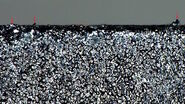
Burr Detection During Battery Manufacturing
See how optical microscopy can be used for burr detection on battery electrodes and determination of…
Apr 04, 2024Read article -

Battery Particle Detection During the Production Process
How battery particle detection and analysis is enhanced with optical microscopy and laser…
Apr 03, 2024Read article -
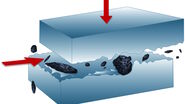
Key Factors for Efficient Cleanliness Analysis
An overview of the key factors necessary for technical cleanliness and efficient cleanliness…
Jan 03, 2024Read article
